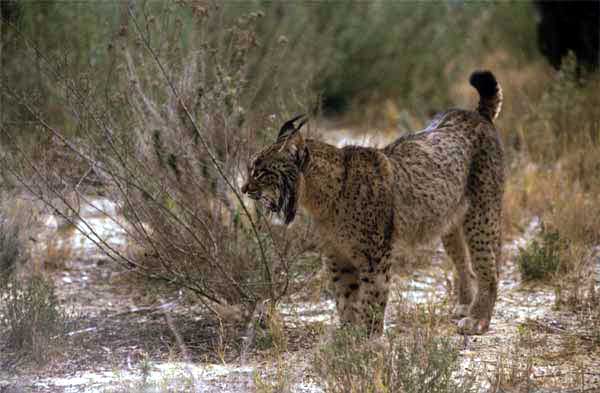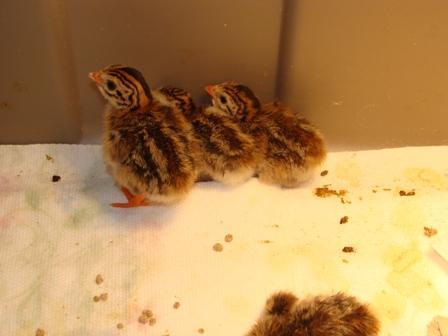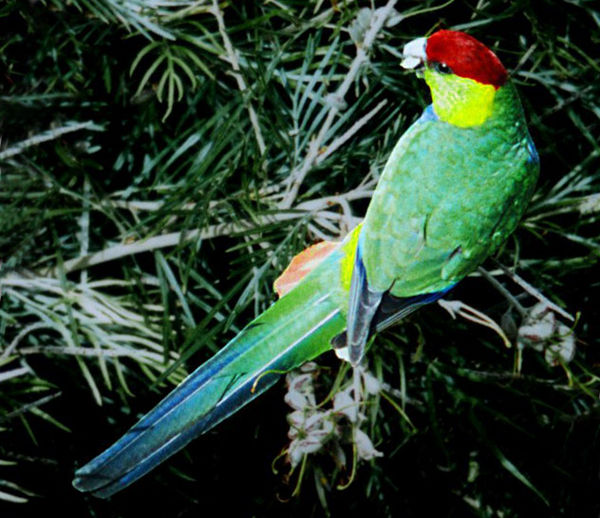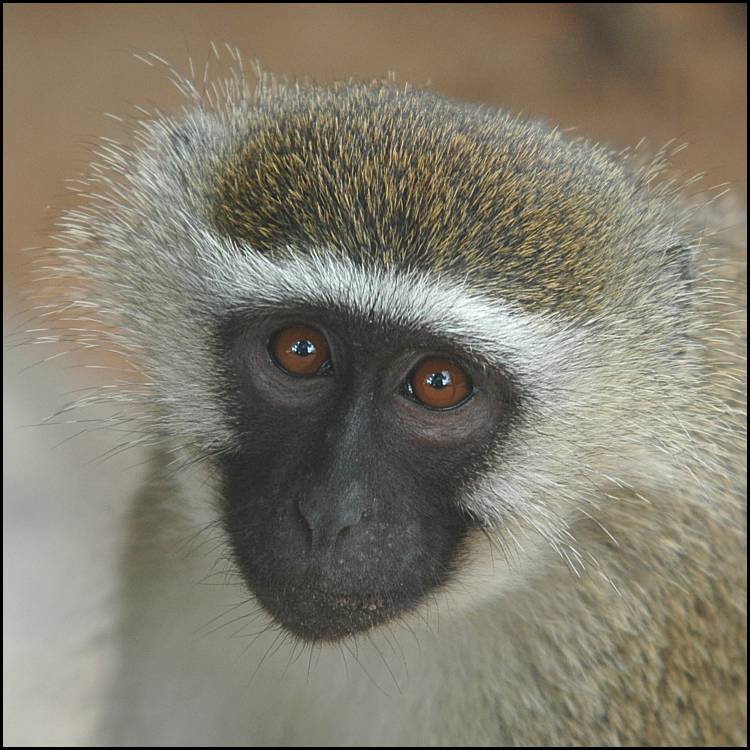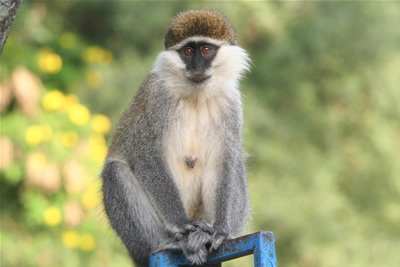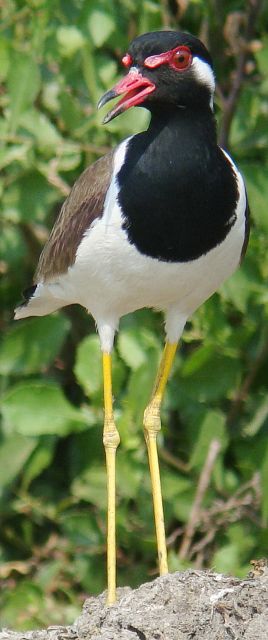
nature animals of red wattled lapwing bird

free downloading pics of red wattled wiki

pictures of animal red wattled lapwing

different types of birds youtube
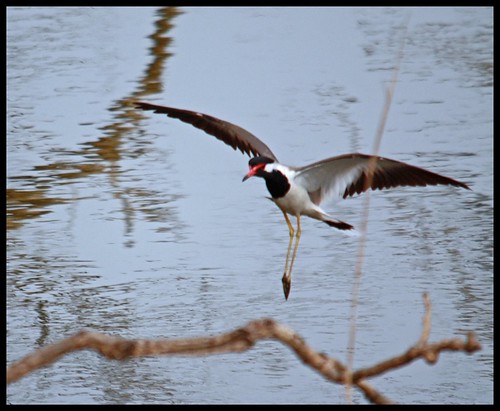
flying photos of red wattled birds
Red-wattled Lapwings are large waders, about 35cm long (somewhat larger than a Rock Pigeon, with longer legs). The wings and back are light brown with a purple sheen, but head and chest and front part of neck are black. Prominently white patch runs between these two colours, from belly and tail, flanking the neck to the sides of crown. Short tail is tipped black. A red fleshy wattle in front of each eye, black-tipped red bill, and the long legs are yellow. In flight, prominent white wing bars formed by the white on the secondary coverts.
Males and females are similar in plumage but males have a 5% longer wing and tend to have a longer carpal spur. The length of the birds is 320-350mm, wing of 208-247mm with the nominate averaging 223mm,Tail length is 104-128mm.It will eat ants, beetles, caterpillars and other insects, snails and other invertebrates, mostly picked from the ground. Also a quantity of vegetable matter. Feeds in the day as well as night.
for more pics.....






